כללי
תחבורה
אנשים
אירוח
אוכל ושתייה
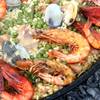 What is local food like in Spain?
What is local food like in Spain?
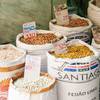 How much does the food cost?
How much does the food cost?
 אילו מקומות לאכול יש באזור?
אילו מקומות לאכול יש באזור?
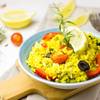 איזו מנות מקומיות לנסות בספרד?
איזו מנות מקומיות לנסות בספרד?
 מה ניתן לאכול בספרד כצמחוני?
מה ניתן לאכול בספרד כצמחוני?
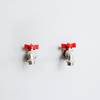 אם אני יכול לשתות מים מהברז בספרד?
אם אני יכול לשתות מים מהברז בספרד?
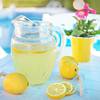 אילו משקאות קרים זמינים?
אילו משקאות קרים זמינים?
 האם יש תרבות של קפה ותה בספרד?
האם יש תרבות של קפה ותה בספרד?
 מהם ההגבלות לגבי צריכת אלכוהול?
מהם ההגבלות לגבי צריכת אלכוהול?
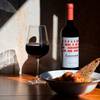 Where to buy alcohol in Spain and how much does it cost?
Where to buy alcohol in Spain and how much does it cost?
ביקור באתרים
משפטי
כסף
בטיחות ובריאות
נסיעות משפחתיות
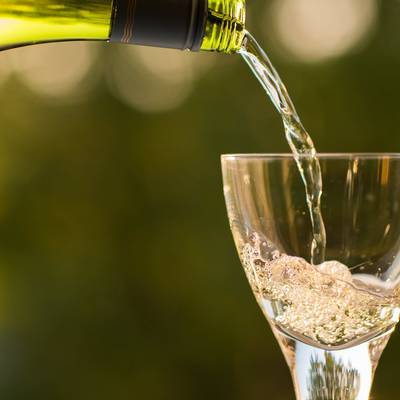
What alcoholic drinks to try while in Spain?
There are of course the famous Spanish drinks we all know – sangria, wine and beer – but there are many more that most tourists are not familiar with. Below is a list of alcoholic drinks you should try on your vacation in Spain.
Sangria. No drink is more identifiable with Spain than sangria. The traditional ingredients in sangria include red or white wine mixed with fruits, such as pineapple, nectarines, pears, apples, peaches, and other fruit. Get a jug with a meal while sitting out on a sunny terrace before retiring for an afternoon siesta. Keep in mind, though, that Spaniards don't typically order sangria in restaurants, so the versions you'll try in cafes are essentially made for tourists.
Vermouth. Vermouth is one of the biggest trends in Spain right now, with specialised vermouth bars popping up all over major cities, cafés creating their own homemade versions in large glass jars, and hotels organizing vermouth parties, complete with nibbles and live music. Vermouth is a type of sweet fortified wine and comes in red or white, but most often red. In Spain it’s served straight and is usually paired with an olive or a slice of orange. It is said to go well with small fishy plates of tapas such as boquerones (small pickled anchovies). Vermouth is drunk ‘a la hora del vermut’ – literally ‘at the hour of vermouth’, or around midday, as a type of aperitif before the main meal of the day.
Tinto de Verano. FInstead of sangria, a tinto de verano is what the locals drink. Pretty similar actually, tinto de verano translates as summer wine, and is red wine mixed with a fizzy lemonade type drink. It’s best sipped in summer, accompanied by a plate of tapas.
Cerveza. Beer is, of course, a favorite Spanish drink, ordered not by the pint but by the caña (small glass) or tubo (long glass). Beer, like most alcoholic drinks here, is rarely drunk without some type of nibble on the side, be it a free bowl of nuts, olives, popcorn, crisps, or a larger plate of tapas. Some of the most popular Spanish brands include Estrella Damm, Moritz, San Miguel, Cruzcampo, Alhambra, and Mahou.
Clara. For a truly refreshing type of beer in the heat of summer, ask for a clara – a beer mixed with lemon juice, similar to a shandy. Many bars around the country will have claras already pre-mixed on tap.
Sherry (Vino de Jerez). Your best bet for sampling Andalusia's famed fortified wine is to go to its home base. Sherry comes from the city of Jerez in Andalusia. In fact, it's called sherry because the Arabic name for Jerez is Sherish, and the town is packed with tabancos, or small bars where you can sample glasses of sherry, refill your own bottles, graze on tapas, and even catch live flamenco shows.
Cava. While the French have champagne, the Spanish have cava, a sparkling wine made using the exact same process as its French counterpart. Even better? Cava retails at a fraction of the price of champagne. Most cavas are made in Catalonia, located in northeastern Spain. European Union protections forbid cava from being labeled Champagne, but Spaniards still colloquially refer to the bubbly as champaña or xampany (in Catalonia).
Wine. Spain has been producing wine for nearly 2,000 years, which means you'll find a variety of bottles at all price points. Two wine regions stand out: La Rioja is famous for red wines, especially tempranillos, while Ribera del Duero produces many of the country's luxury vintages.
Rebujito. Most common in Andalusia, rebujito is a kind of cocktail that mixes sherry with a soft drink such as Sprite. It is often found in Seville and Jerez de la Frontera around the Sherry Triangle, and is typically drunk around Seville’s Feria de Abril and Jerez’s Feira de Caballo (horse fair).
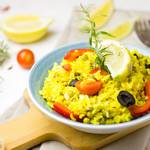
איזו מנות מקומיות לנסות בספרד?

היכן כדאי להצטייד בספרד למשך שבועיים?

מה אני יכול להביא הביתה מספרד?

אם אני יכול לשתות מים מהברז בספרד?

איפה בברצלונה אני צריך לשהות?
